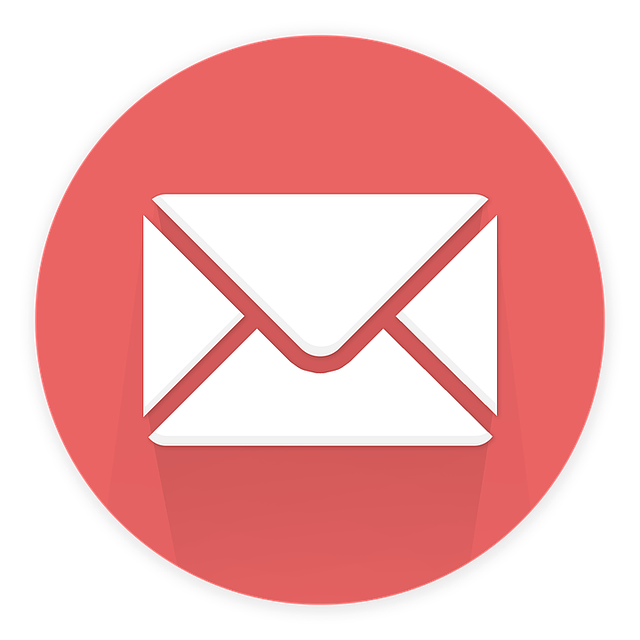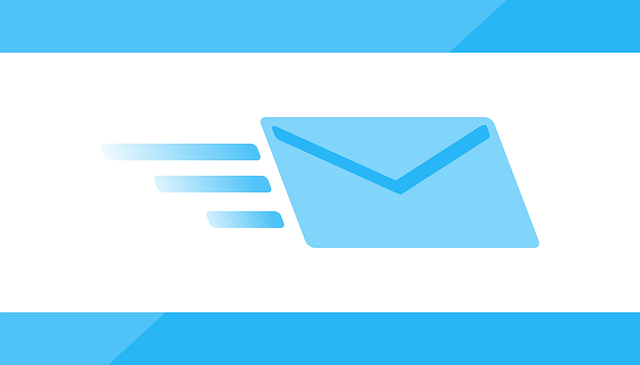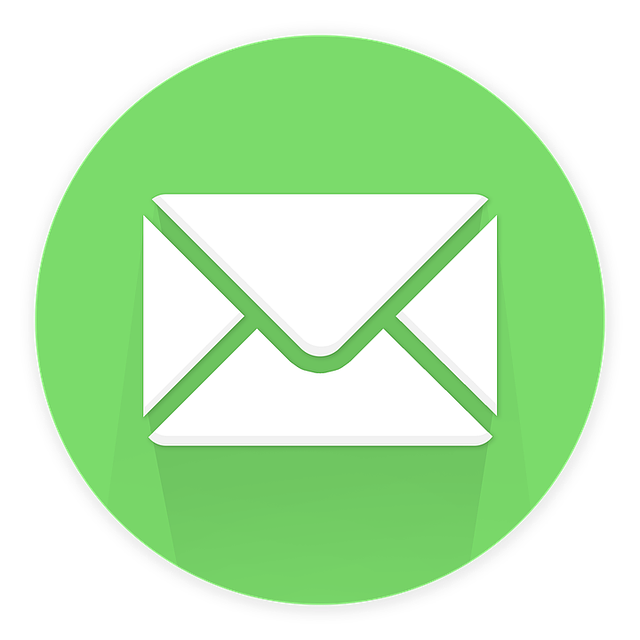Are you tired of shouting into the void, hoping your education or e-learning organization will reach its target audience? Well, fear not! We have the solution you’ve been searching for: a step-by-step guide to building an email marketing strategy that will revolutionize your outreach efforts.
In this article, we will take you by the hand and walk you through the process of creating an email marketing strategy specifically tailored to the needs of the education and e-learning industry. From defining your goals and target audience to designing and testing your emails, we’ve got you covered.
But what sets this guide apart from the rest? Well, we’ve infused it with a touch of satire to provide a visual representation of the ideas we present.
So, get ready to dive into the wonderful world of email marketing and watch as your education or e-learning organization flourishes like never before.
Let’s get started!
Key Takeaways
- Define clear goals and target audience for a personalized approach
- Use storytelling techniques to craft compelling and relevant content
- Pay attention to subject lines for increased open rates
- Segment audience based on demographics, interests, and preferences for personalized messaging
Define Your Goals and Target Audience
Before diving into the intricacies of crafting an effective email marketing strategy, it’s crucial to define your goals and pinpoint your target audience, ensuring a more personalized and impactful approach.
Identify key metrics to measure the success of your campaign, such as open rates, click-through rates, and conversion rates. By understanding user behavior, you can tailor your messaging and content to resonate with your audience on a deeper level.
Are you aiming to increase enrollment for a specific course or program? Or perhaps you want to nurture existing students and encourage them to engage further with your e-learning platform.
Whatever your goals may be, defining them early on will guide your strategy and help you create compelling and relevant content.
Create Compelling and Relevant Content
Crafting engaging and relevant content is crucial for a successful email marketing campaign in the education and e-learning industry. To capture your audience’s attention, use engaging storytelling techniques that resonate with their interests and needs.
Share compelling stories of student success, innovative teaching methods, or industry trends to keep your subscribers engaged. Additionally, pay close attention to your subject lines as they’re the first thing recipients see. Effective subject lines should be concise, intriguing, and highlight the value they’ll gain by opening the email.
By creating content that captivates your audience and using enticing subject lines, you can increase open rates and drive meaningful interactions with your emails.
In the next section, we’ll explore how to segment your audience for personalized messaging without missing a beat.
Segment Your Audience for Personalized Messaging
To truly connect with your audience, you must carefully segment them and tailor your messaging to their specific interests and needs.
Data collection techniques are crucial for gathering information about your subscribers. You can use sign-up forms, surveys, and website analytics to collect relevant data such as demographics, interests, and preferences.
Once you have this data, you can use email campaign automation to send personalized messages to different segments of your audience. This will help you deliver content that is relevant and valuable to each subscriber, increasing engagement and conversions.
By segmenting your audience and using personalized messaging, you can ensure that your emails resonate with your subscribers and drive results.
Now, let’s move on to the next step and choose an email marketing platform.
Choose an Email Marketing Platform
When choosing an email marketing platform, you’ll want to consider the fact that over 80% of businesses find that email marketing drives customer acquisition and retention. To ensure success in your education or e-learning email marketing strategy, it’s important to select the right email marketing software that meets your needs. Here is a comparison of email platforms to help you make an informed decision:
| Platform | Features | Pricing |
|---|---|---|
| Mailchimp | Easy to use interface | Free to $299/month |
| Constant Contact | Robust analytics | $20 to $45/month |
| Sendinblue | Advanced automation | Free to $65/month |
These are just a few examples, and there are many other email marketing platforms available. Consider factors such as ease of use, features, and pricing when making your choice. Once you have selected an email marketing platform, you can move on to the next step of designing and testing your emails to ensure maximum impact and engagement with your audience.
Design and Test Your Emails
Optimizing the visual appeal and effectiveness of your email campaigns through thoughtful design and rigorous testing is crucial for achieving the desired impact on your target audience. To ensure your emails stand out and engage your recipients, follow these email design best practices:
- Keep your design simple and clean, with a clear hierarchy of information.
- Use eye-catching visuals and compelling headlines to grab attention.
- Make your emails mobile-friendly, as more people are accessing emails on their smartphones.
- Personalize your emails with dynamic content that resonates with your audience.
- Include a clear call-to-action that leads recipients to take the desired action.
In addition to design, A/B testing is essential for optimizing your email campaigns. Test different elements such as subject lines, layouts, and visuals to see what resonates best with your audience. Use the insights gained from testing to refine your emails and improve their effectiveness.
Now, let’s move on to how to analyze and optimize your campaigns.
Analyze and Optimize Your Campaigns
Now that you’ve designed and tested your emails, it’s time to analyze and optimize your campaigns for maximum results. By leveraging email analytics, you can gain valuable insights into your campaign performance.
These metrics provide you with data on open rates, click-through rates, conversions, and more. With this information, you can identify which emails are resonating with your audience and which ones need improvement. You can also track the effectiveness of different subject lines, call-to-action buttons, and content variations.
By analyzing these metrics, you can make data-driven decisions to optimize your email marketing strategy. Whether it’s tweaking your content, adjusting your send times, or segmenting your audience, email analytics will help you fine-tune your campaigns for better engagement and higher conversion rates.
Frequently Asked Questions
How can I ensure that my email marketing strategy aligns with my educational institution’s overall goals and objectives?
To align your email marketing strategy with your educational institution’s goals and objectives, start by clearly defining those goals and objectives.
Determine how email marketing can help achieve them, such as increasing enrollment or promoting new programs.
Use measurable metrics, like click-through rates and conversion rates, to track success and make data-driven decisions.
Regularly review and adjust your strategy to ensure it remains aligned with your institution’s overall objectives and priorities.
What are some effective ways to engage and maintain the interest of my target audience through email marketing?
To engage and maintain the interest of your target audience through email marketing, focus on creating engaging content and utilizing personalization techniques.
Craft compelling subject lines that grab attention and make your emails stand out.
Tailor the content to your audience’s interests and needs, providing valuable information, tips, or exclusive offers.
Use personalization techniques like addressing recipients by name and segmenting your email list based on their preferences.
This will help establish a connection and keep your audience engaged.
Are there any specific strategies or techniques for segmenting my audience in the education and e-learning industry?
To effectively segment your audience in the education and e-learning industry, it’s crucial to employ personalization techniques and email automation.
By tailoring your content to specific groups, you’ll capture their attention and keep them engaged. Use personalization tags to address recipients by name and target their interests.
With email automation, you can send relevant content based on actions or preferences. This ensures your messages resonate with each segment, leading to higher engagement and conversions.
How do I choose the most suitable email marketing platform for my educational institution’s needs?
When choosing the right email marketing platform for your educational institution, there are several factors to consider.
Firstly, assess the platform’s features and functionalities to ensure they meet your specific needs.
Secondly, compare different email marketing platforms for educational institutions, looking at factors such as ease of use, automation capabilities, and integration options.
Finally, consider the platform’s pricing and scalability in relation to your institution’s budget and future growth.
What key elements should I consider when designing and testing my emails to optimize their effectiveness in the education and e-learning sector?
To optimize email effectiveness in the education and e-learning sector, consider email design best practices and A/B testing.
Start by investigating the truth that these elements play a crucial role in engaging your audience.
Follow design best practices such as using concise and persuasive content, clear call-to-action buttons, and visually appealing layouts.
A/B testing allows you to experiment with different subject lines, email layouts, and content to determine what resonates best with your audience.
Conclusion
Congratulations! You’ve successfully navigated the steps to building an email marketing strategy for education and e-learning.
By defining your goals and target audience, creating compelling content, segmenting your audience, choosing the right platform, and designing and testing your emails, you’re on your way to success.
Remember, just like a skilled teacher captivating their students with an engaging lesson, your emails should captivate and inspire your subscribers.
Analyze and optimize your campaigns to ensure they’re as effective as possible.
Keep up the great work!









